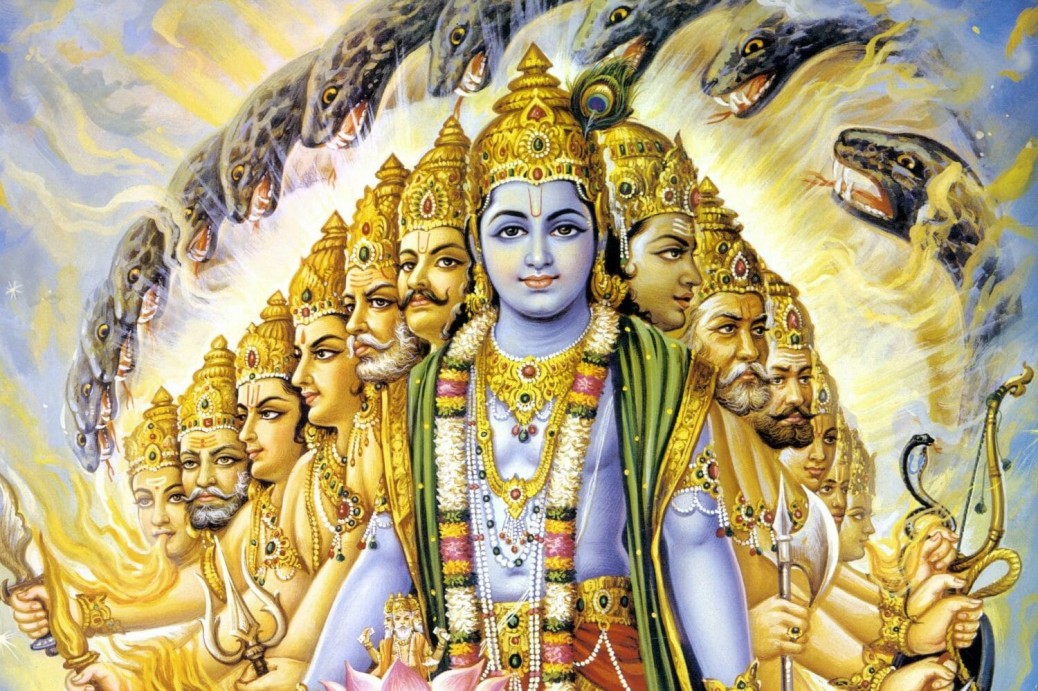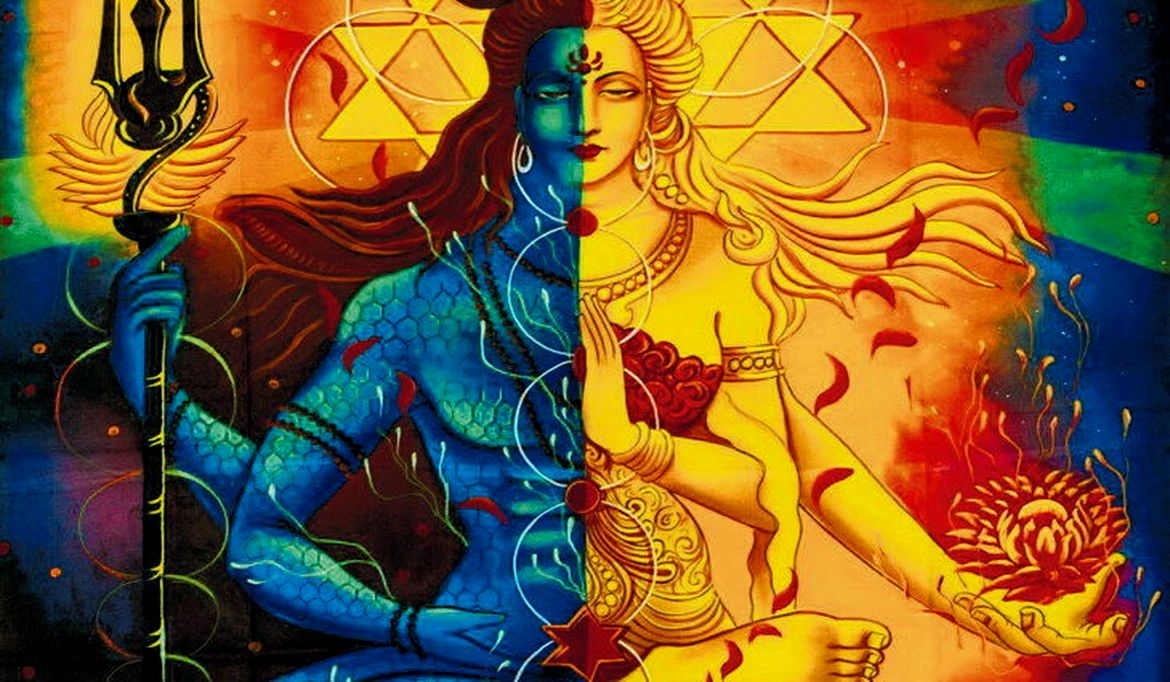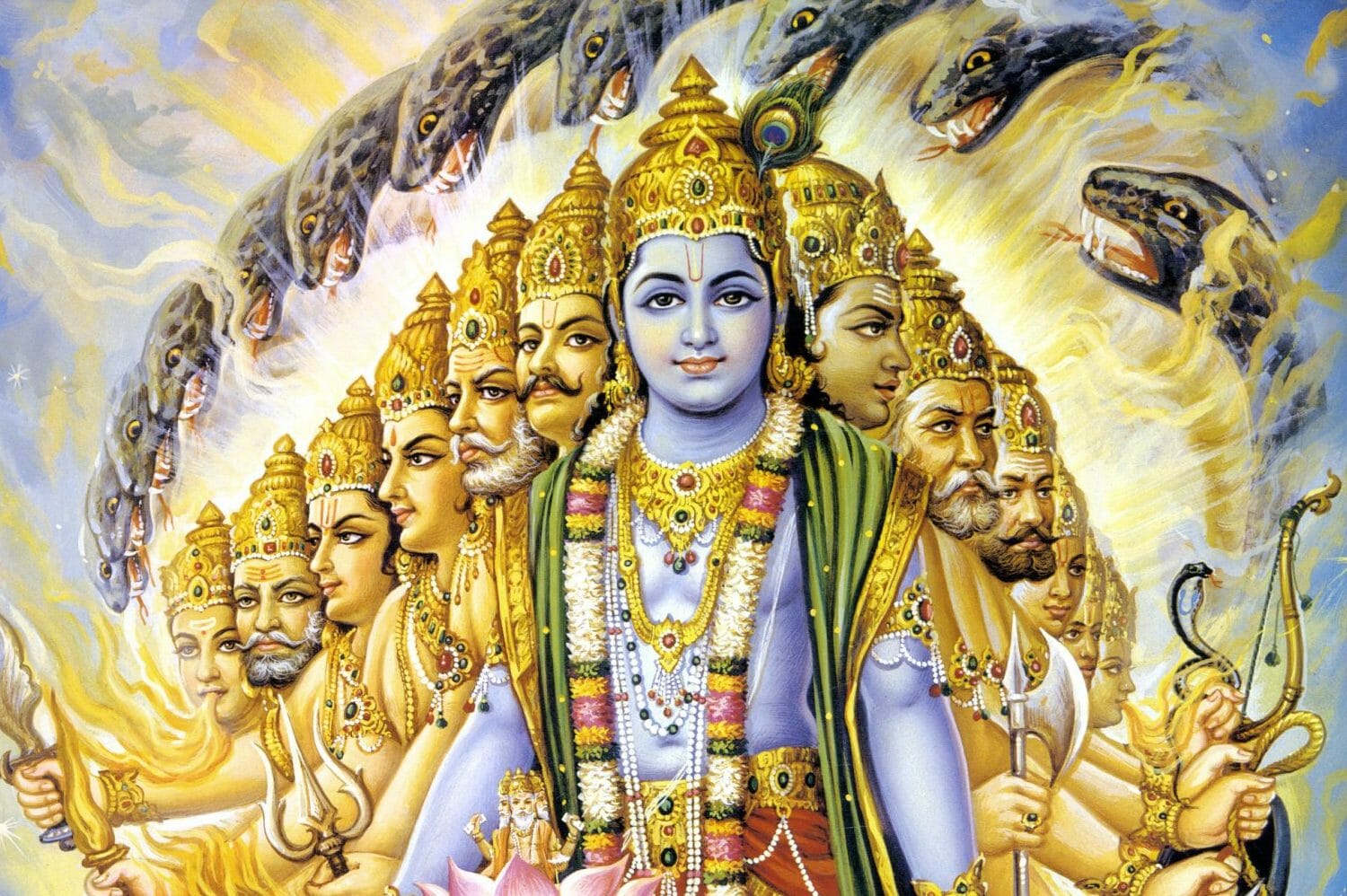Vipassana – In Gita Verse 4.29 Still others, who are inclined to the process of breath restraint to remain in trance, practice by offering the movement of the outgoing breath into the incoming, and the incoming breath into the outgoing, and thus at last remain in trance, stopping all breathing. Others, curtailing the eating process, offer the outgoing breath into itself as a sacrifice.
In the Bhagavad Gita, Krishna reveals another facet of yoga, emphasising the transformative power of breath control. This ancient wisdom highlights that humanity is connected to existence through numerous channels, much like a tree with multiple roots anchoring it to the earth. Thus, to reach the divine, one can choose any of these pathways.
Life energy, or prana, is concentrated at the navel, serving as one such gateway. The breath, or prana, is another vital connection, acting as a bridge between the body and soul. When a person breathes, they are alive; when the breath ceases, life departs. By experimenting with breath, yogis can attain profound spiritual experiences.
Pranayama, or breath yoga, encompasses various practices. It is crucial to understand that the speed and rhythm of our breathing are closely linked to our emotional states. For instance, when anger arises, the breath quickens. By controlling the breath, one can manage emotions like anger. This principle is taught in Japan, where children are encouraged to breathe slowly and deeply when angry, rather than being told not to feel angry at all.
Buddha’s teachings, which made their way to Japan, place significant emphasis on the power of breath. His practice, Anapanasati Yoga, involves the careful observation of one’s breath to cultivate mindfulness. Mastering this practice can lead to a profound comprehension of existence.
Similarly, Krishna advocates for the surrender of the ego as a means to elevate consciousness. Vipassana, an advanced meditation technique, can be achieved through Anapanasati, or mindful breathing. This transformative journey enhances self-awareness and spiritual growth, resonating with Krishna’s enduring wisdom.
Vipassana promotes perceiving reality as it is, encouraging the observation of sensations and mental phenomena without judgement. It is accessible to individuals of all ages, including children, and can be approached through three primary methods: awareness of actions, awareness of breath in the belly, and awareness of breath at the nostrils.
These methods cultivate awareness and lead to a silent mind, free from the ego. As meditation deepens, the ego dissolves, opening the doors to enlightenment. This transformative state arrives naturally when one is in harmony with their breath and being.
When emotions like anger or calmness arise, the breath changes accordingly. In moments of calm, the breath becomes gentle and almost imperceptible, while in states of desire or agitation, it becomes chaotic. This connection between breath and inner state is key to achieving control over one’s emotions.
Pranayama is the practice of transforming the breath to reach a higher state of being. It touches both the physical body and the soul, acting as an exchange between the external world and the inner self. Through this practice, one can attain a state of balance and equilibrium.
Those who meditate regularly may experience moments when the breath seems to stop, leading to a state of stillness and heightened awareness. This cessation of breath is not something to fear; rather, it is a moment of profound connection with the eternal.
In such moments, the movement of breath halts, allowing for an experience of supreme tranquillity. It is a bridge between the changing world and the unchanging, eternal realm. This state cannot be forced; it arises naturally through the practice of meditation and pranayama.
When the breath stops, thoughts cease as well. This temporary pause creates a break from the constant flow of thoughts, offering a glimpse into a state of pure awareness. As one delves deeper into meditation, these moments of stillness become more frequent and prolonged.
Historical figures like Ramakrishna experienced such states, where the breath would stop for extended periods, leading to a timeless consciousness. In these moments, one transcends thoughts and stands at the threshold of the divine.
The journey from the worldly to the spiritual is merely a thin veil of thoughts. By either meditating on thoughts or practising Pranayama, one can remove this veil and achieve a state of emptiness, a vacuum where the breath ceases. This gap serves as a leap towards the Supreme Being.
Krishna assures that by practising breath control, one can act without attachment, finding peace and clarity. As science confirms, focusing on breath can alter our biochemistry, calming anger and other emotions. Therefore, the journey from knowledge to knowing begins with the practice of mindful breathing, moving from mere data collection to experiential understanding.
Tags: Vipassana




